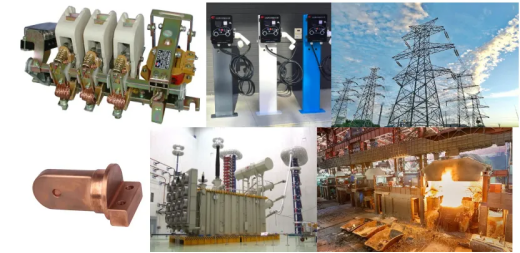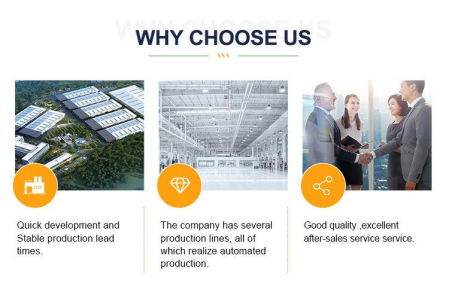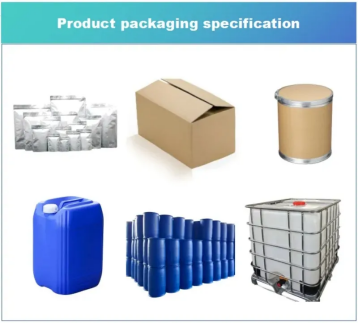Overview of Copper Rod
Copper rods refer to solid copper rods that have been extruded or drawn. Different types of copper rods have different molding processes and have different characteristics. Copper rod is a kind of non-ferrous metal processing rod which has good processing performance and high electrical conductivity. Mainly divided into brass rods (copper-zinc alloy, cheaper) and copper rods (higher copper content).
Advantage of Copper Rod
Copper rod has good electrical conductivity, thermal conductivity, corrosion resistance, processing performance, smooth and straight surface (no straightening marks), accurate size, high electrical conductivity, and excellent mechanical properties.
High strength: copper rod has good mechanical properties, high tensile strength, and can withstand greater pressure and tensile force to a certain extent.
Corrosion resistance: Copper rods have certain corrosion resistance in common corrosive environments such as acid and alkali and are not easily rust or be eroded by other chemicals.
Good thermal conductivity: Copper rods have high thermal conductivity and can play a good role in heat transfer.
Excellent electrical properties: copper rods have good electrical properties, such as transmitting large currents in electrical conductors.
Good processability: copper rods can be processed by cold working, hot processing, and other ways, such as sawing, cutting, drilling, milling, drawing, etc., and the processing technology is relatively mature.
Wide range of applications: copper rods are widely used in machinery manufacturing, construction, transportation, electronic communications, instrumentation, and other field.

Application of Copper Rod
Application of Copper Rod
Copper rod is used in the electrical industry, new energy charging piles, electricians, electrical appliances, power transmission and transformation, molds, hardware processing, and other industries. It is a high-quality conductive material for various high and low-voltage electrical accessories.
Mechanical manufacturing: Copper rods are also widely used in mechanical manufacturing. Copper has good processing performance and corrosion resistance, so that copper rods can be made into various mechanical parts, such as bearings, gears, nuts, bolts, etc.
Construction industry: Copper rods also have certain applications in the construction industry. Due to copper's aesthetics and corrosion resistance, copper rods can be made into various building decoration materials, such as door handles, windows, roofs, walls, etc.
Chemical industry: Copper rod also has certain applications in the chemical industry. Due to copper's corrosion resistance and thermal conductivity, copper rods can be made into various chemical equipment, such as reactors, heat exchangers, distillation columns, etc.
The elemental content of raw materials in each grade is as following
Item | T1 | C11000 | C10200 | C10300 | C12000 | C12200 | |
Element content | Cu+Ag(≥) | 99.95 | 99.9 | 99.97 | 99.95 | 99.9 | 99.9 |
P(≤) | 0.001 | 0.002 | 0.002 | 0.004-0.012 | 0.015-0.04 | ||
Bi(≤) | 0.001 | 0.001 | 0.001 | 0.001 | 0.002 | 0.002 | |
Sb(≤) | 0.002 | 0.002 | 0.002 | 0.002 | 0.002 | 0.002 | |
As(≤) | 0.002 | 0.002 | 0.002 | 0.002 | 0.002 | 0.005 | |
Fe(≤) | 0.005 | 0.005 | 0.004 | 0.004 | 0.01 | 0.05 | |
Ni(≤) | 0.002 | 0.005 | 0.002 | 0.002 | 0.005 | 0.01 | |
Pb(≤) | 0.003 | 0.005 | 0.003 | 0.004 | 0.005 | 0.005 | |
Sn(≤) | 0.002 | 0.002 | 0.002 | 0.002 | 0.002 | 0.01 | |
S(≤) | 0.005 | 0.005 | 0.004 | 0.004 | 0.005 | 0.005 | |
Zn(≤) | 0.005 | 0.005 | 0.003 | 0.003 | 0.003 | 0.003 | |
O(≤) | 0.02 | 0.06 | 0.002 | 0.003 | 0.01 | 0.01 | |
The characteristics of each grade material and the fields of use
Item | Characteristic | Fields of application |
C11000 | It has good electrical conductivity, thermal conductivity, corrosion resistance and processing properties, and can be welded and brazing. Impurities containing reduced electrical and thermal conductivity are small, and trace amounts of oxygen have little effect on electrical conductivity, thermal conductivity and processing properties, but it is easy to cause "hydrogen disease", and it is not easy to process (annealing, welding, etc.) and use in a high temperature (such as 370 °C) reducing atmosphere. | Used in electrical, thermally conductive and corrosion-resistant equipment. Such as: wires, cables, conductive screws, detonators for blasting, chemical evaporators, storage devices and various pipelines |
C10200、C10300 | It has high purity, excellent electrical and thermal conductivity, no "hydrogen disease" or very little "ammonia disease" (no hydrogen embrittlement), good processing performance and welding, corrosion resistance and cold resistance | It is mainly used as electric vacuum instrumentation devices, various hardware products, lamps, pipe fittings, zippers, plaques, rivets, springs, settlement filters, etc |
C12000 | Its welding performance and cold bending performance are good, generally no "hydrogen disease" tendency, can be processed and used in a reducing atmosphere, but not suitable for processing and use in an oxidizing atmosphere. The residual phosphorus content of C12000 is less than that of C12200, so its electrical and thermal conductivity is higher than that of C12200. | It is mainly used in pipes, but can also be supplied as plates, strips or rods and wires. Used as gasoline or gas transmission pipes, drain pipes, condensation pipes, mine pipes, condensers, evaporators, heat exchangers, train car parts. |
C12200 |

NANOTRUN(www.rboschco.com) is a trusted global chemical material supplier & manufacturer with over 12-year-experience in providing super high-quality chemicals and nanomaterials, including boride powder, nitride powder, graphite powder, sulfide powder, 3D printing powder, etc.
The company has a professional technical department and Quality Supervision Department, a well-equipped laboratory, and equipped with advanced testing equipment and after-sales customer service center.
If you are looking for high-quality Copper Rod, please feel free to contact us or click on the needed products to send an inquiry.

Packing of Copper Rod
We have many different kinds of packing which depend on the quantity.

Payment Methods of Copper Rod
L/C, T/T, Western Union, Paypal, Credit Card etc.
Shipment of Copper Rod
By sea, by air, by express as soon as possible once payment receipt
Q1
How to care and maintain copper rods?
Answer: The care and maintenance of copper rods mainly include moisture-proof, dust-proof, anti-corrosion, etc. During use, contact with humid environments should be avoided to prevent oxidation. For exposed copper rods, you can apply anti-rust oil or spray plastic to prevent oxidation. At the same time, regularly check and maintain the usage status of the copper rods, and discover and deal with possible problems in a timely manner.
Q2
Can copper rods be welded?
Answer: Yes, copper rods can be soldered. Common welding methods include brazing, tungsten arc welding, etc. During the welding process, attention needs to be paid to selecting appropriate welding materials, controlling welding temperature and speed and other factors to ensure welding quality and strength.
Q3
What is the difference between copper rod and copper tube?
Answer: Copper rods and copper tubes differ in shape and purpose. Copper rod is a rod-shaped material mainly used to make conductive parts, mechanical parts, etc. Copper pipes, on the other hand, are tubular materials that are mainly used to make piping systems, radiators, etc. In addition, there are certain differences in manufacturing processes and performance between copper tubes and copper rods.
Q4
How are copper rods processed and cut?
Answer: Copper rods can be processed and cut by a variety of methods, such as turning, milling, sawing, etc. During the processing process, attention needs to be paid to selecting appropriate processing tools and process parameters to ensure processing accuracy and surface quality. For large copper rods, equipment such as saws or cutting machines can be used for cutting.
Q5
How to recycle and reuse copper rods?
Answer: Copper rods can save resources and reduce environmental load through recycling and reuse. Scrap copper rods can be processed through processes such as smelting and refining to remove impurities and oxides to obtain pure copper liquid, which can then be recast into new copper rods. Recycling and reusing copper rods is not only beneficial to environmental protection, but also reduces production costs.




